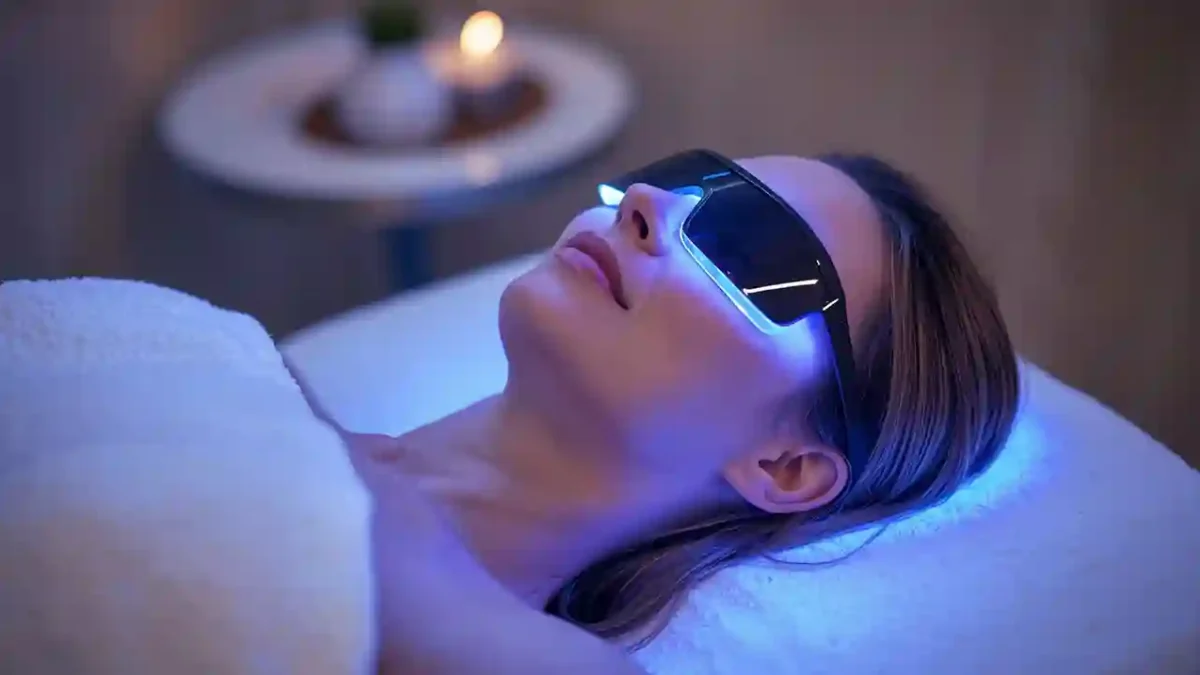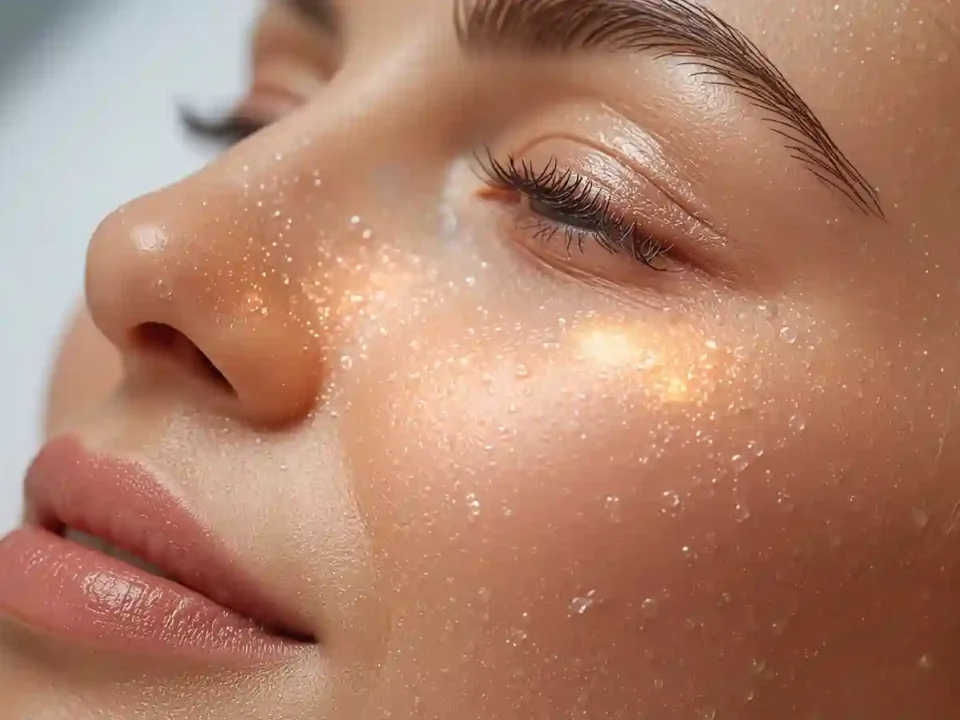
Chemical Peel SECRETS: The Winter Skin Reset for Chicago Weather
10/29/2025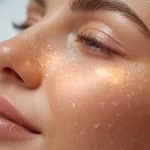
PCA Oxygenating Trio: Your Secret to Instant Glow Without Downtime
11/05/2025If you’re exploring non-invasive skincare solutions in Chicago, IL, you’ve likely heard about LED light therapy. This innovative treatment has gained popularity among Chicagoans seeking clearer, more youthful-looking skin without downtime. At Skin and Beyond Spa, I, Natallia, personally help my clients achieve remarkable results with professional LED light therapy facial treatments in Chicago.. But what exactly is LED light therapy, and how do different wavelengths work? Let’s break down the science behind this revolutionary treatment and explore why it’s become a cornerstone of modern skincare.
LED light therapy, also known as photobiomodulation, uses specific wavelengths of light to stimulate cellular processes in your skin. Unlike harsh chemical peels or invasive procedures, LED treatments are gentle, painless, and suitable for most skin types. Whether you’re dealing with acne, signs of aging, or simply want to enhance your skin’s natural radiance, understanding how different wavelengths work can help you choose the right treatment for your needs.
What Is LED Light Therapy?
LED light therapy involves exposing your skin to specific wavelengths of light using specialized devices. These wavelengths penetrate the skin at different depths, triggering biological responses in your cells. Think of it as giving your skin cells precise instructions to perform specific tasks—whether that’s producing more collagen, reducing inflammation, or fighting acne-causing bacteria.
The treatment itself is remarkably simple. You’ll lie comfortably while a panel of LED lights is positioned near your face. The session typically lasts 15 to 30 minutes, during which you might feel a gentle warmth but no discomfort. There’s no downtime required, making it perfect for busy Chicago professionals who want effective skincare without interrupting their schedules.
Professional LED devices used in spas like Skin and Beyond Spa are significantly more powerful than home-use devices. While home LED masks can provide some benefits, professional treatments deliver higher-intensity light that penetrates deeper into the skin, resulting in more noticeable and lasting improvements. This is why many clients in Chicago choose to invest in regular professional sessions rather than relying solely on home devices.

The Science Behind LED Light Therapy
To understand why LED light therapy works, we need to explore how light interacts with your skin cells. This isn’t just surface-level treatment—it’s a cellular conversation happening beneath your skin’s surface.
How Light Affects Skin Cells
When specific wavelengths of light penetrate your skin, they’re absorbed by components within your cells called chromophores. These chromophores act like tiny antennas, receiving the light energy and converting it into cellular activity. The most important chromophores in LED therapy are cytochrome c oxidase in mitochondria and light-sensitive proteins in bacteria.
Mitochondria are the powerhouses of your cells, responsible for producing adenosine triphosphate (ATP)—the energy currency that fuels all cellular processes. When LED light is absorbed by cytochrome c oxidase, it stimulates mitochondrial function, increasing ATP production. More energy means your cells can work more efficiently, repairing damage, producing collagen, and maintaining healthy cellular turnover.
For fibroblasts—the cells responsible for producing collagen and elastin—this increased energy is like providing construction equipment to a building site. Red light, in particular, acts as specialized construction equipment for fibroblasts, enabling them to work faster and more effectively. With more ATP available, fibroblasts can synthesize more collagen and elastin proteins, leading to firmer, smoother, and more youthful-looking skin over time.
Targeting Acne-Causing Bacteria
Blue light therapy works differently, targeting a specific bacterial enemy: Propionibacterium acnes (now called Cutibacterium acnes). These bacteria naturally live in your pores and can contribute to acne when they multiply excessively. Blue light at wavelengths between 405 and 470 nanometers is absorbed by porphyrins—compounds produced by these bacteria. When porphyrins absorb blue light, they create reactive oxygen species that destroy the bacteria from within, reducing inflammation and preventing new breakouts.
This antibacterial mechanism explains why blue light therapy is particularly effective for inflammatory acne. The treatment doesn’t just mask symptoms—it addresses the root cause by reducing the bacterial population that drives acne formation. Research published in dermatology journals demonstrates the effectiveness of blue light therapy for acne treatment, with studies showing significant reduction in inflammatory lesions (source).
Understanding Different Wavelengths: The Color Spectrum of LED Therapy
Not all LED light is created equal. Different wavelengths, which appear as different colors to our eyes, serve distinct purposes in skin health. Understanding these differences helps you understand why your treatment might combine multiple wavelengths or focus on a specific color.
Red Light Therapy (630–700 nm): The Anti-Aging Powerhouse
Red light therapy operates in the 630 to 700 nanometer range, making it visible to the human eye. This wavelength penetrates deeper into the skin than blue light, reaching the dermis where fibroblasts reside. Red light is primarily known for its anti-aging benefits and wound-healing properties.
When red light reaches fibroblasts, it stimulates collagen production by activating these cells and increasing their ATP production. As we mentioned earlier, think of red light as providing construction equipment for fibroblasts—it gives them the tools and energy they need to build new collagen and elastin fibers. This process doesn’t happen overnight, but with consistent treatments, you’ll notice gradual improvements in skin firmness, reduced fine lines, and enhanced overall texture.
Red light also promotes wound healing by increasing blood circulation and reducing inflammation. This makes it beneficial not just for anti-aging but also for post-procedure recovery and general skin repair. Many clients in Chicago combine red light therapy with other treatments to enhance healing and maximize results.
Blue Light Therapy (405–470 nm): The Acne Fighter
Blue light therapy focuses on wavelengths between 405 and 470 nanometers, targeting the upper layers of the skin where acne bacteria thrive. This wavelength is shorter than red light, meaning it doesn’t penetrate as deeply but is more effective at reaching the bacteria in your pores.
The primary benefit of blue light therapy is its antibacterial effect against Propionibacterium acnes. By reducing this bacterial population, blue light helps clear existing acne and prevent future breakouts. It’s particularly effective for inflammatory acne—those red, swollen pimples that can be painful and persistent.
Many clients wonder about red light vs blue light therapy and which one they need. The answer depends on your primary concern. If you’re dealing with active acne, blue light is your best bet. If you’re focused on anti-aging and skin rejuvenation, red light is more appropriate. However, many treatments combine both wavelengths to address multiple concerns simultaneously.
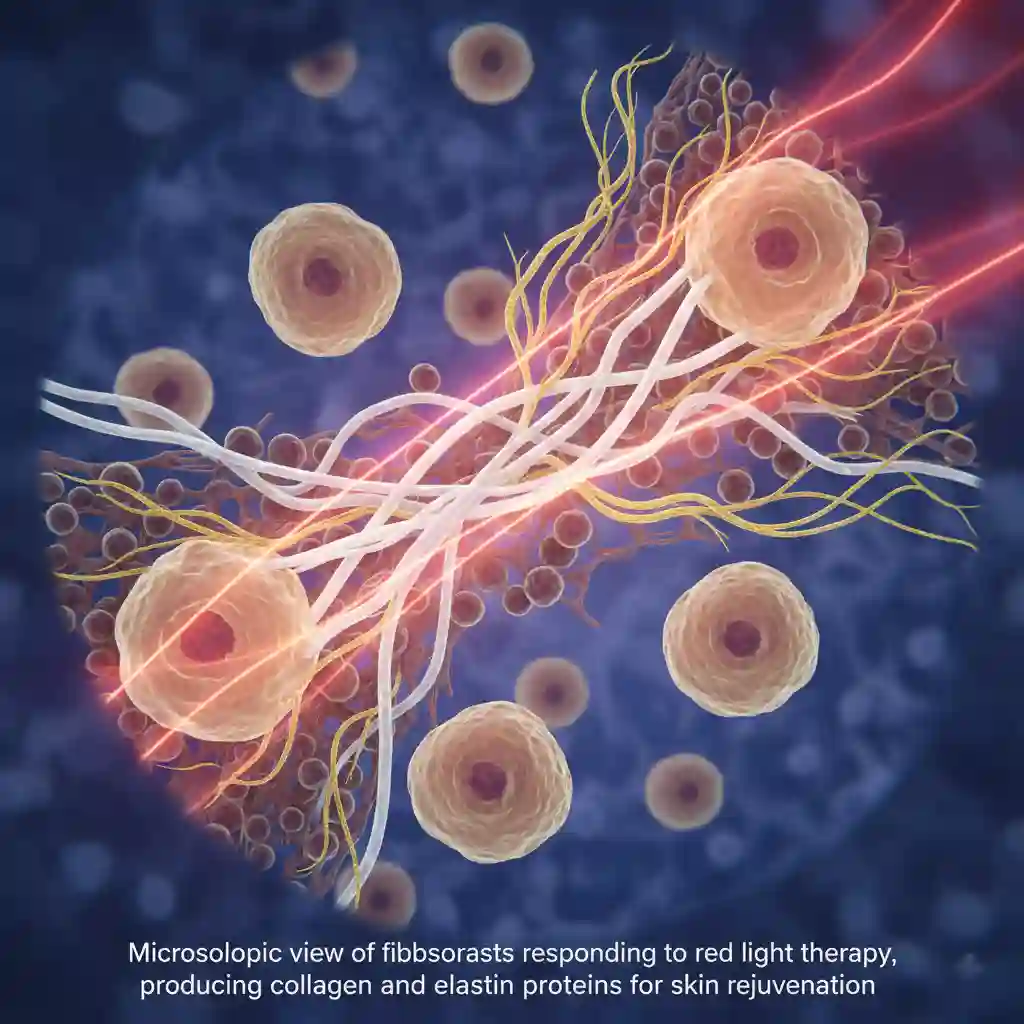
Yellow and Near-Infrared Light
Yellow light therapy uses wavelengths between 570 and 590 nanometers, falling between red and blue on the spectrum. This wavelength is particularly effective at reducing inflammation and promoting lymphatic drainage. Yellow light can help calm irritated skin, reduce redness, and improve overall skin tone and texture.
Near-infrared (NIR) light operates at wavelengths beyond what the human eye can see, typically between 700 and 1400 nanometers. This invisible light penetrates the deepest into the skin, reaching muscles and even bone tissue. NIR light is excellent for stimulating deep cellular repair, reducing inflammation, and enhancing circulation. Many professional LED devices combine visible red light with near-infrared wavelengths to provide comprehensive treatment that addresses both superficial and deep tissue concerns.
The LED Treatment Protocol: What to Expect
If you’re considering LED light therapy at Skin and Beyond Spa, understanding the treatment protocol can help you prepare and set realistic expectations. I, Natallia, your experienced specialist, will guide you through each step of the process.
Before and During Your Treatment
Before your LED light therapy session, your skin will be thoroughly cleansed to remove makeup, oil, and impurities. This ensures that the light can penetrate effectively without barriers. Depending on your skin concerns and treatment goals, Natallia might recommend a gentle exfoliation or other preparatory steps.
You’ll lie comfortably while protective eyewear is provided to shield your eyes from the bright LED lights. The LED panel will be positioned at an appropriate distance from your face—close enough for effective treatment but far enough for comfort. The session typically lasts 15 to 30 minutes, during which you can relax completely. Many clients find this time peaceful and meditative. You might feel a gentle warmth during the treatment, but LED therapy is generally painless and non-invasive. There’s no downtime required, so you can return to your normal activities immediately after your session.
Treatment Frequency and Maximizing Results
For optimal results, LED light therapy works best as a series of treatments rather than a one-time session. Most clients see the best results with an initial course of 6 to 10 sessions, scheduled 2 to 3 times per week. This frequency allows your skin cells to respond consistently to the light stimulation. After completing your initial course, maintenance sessions once or twice per month can help sustain and build upon your results. The exact frequency depends on your individual skin concerns, goals, and how your skin responds to treatment. Natallia will create a personalized treatment plan based on your specific needs.
To maximize your LED therapy results, consistency is key. Complete your recommended course of treatments rather than skipping sessions. Follow aftercare instructions by keeping your skin hydrated and protected from excessive sun exposure. Combine treatments with proper skincare products that complement your LED treatments. Maintain realistic expectations—results develop gradually over time with consistent treatment.
LED light therapy can be combined with other skincare treatments for enhanced results. It pairs particularly well with microcurrent therapy, which uses low-level electrical currents to stimulate facial muscles. However, LED therapy should typically be avoided immediately after chemical peels or aggressive treatments that compromise the skin barrier. Always consult with your specialist about combining treatments to ensure safety and maximize effectiveness.
Safety, Benefits, and Realistic Expectations
While LED light therapy is generally safe for most people, certain conditions and medications require caution or may preclude treatment entirely. Understanding these contraindications, benefits, and limitations ensures your safety and helps set realistic expectations.
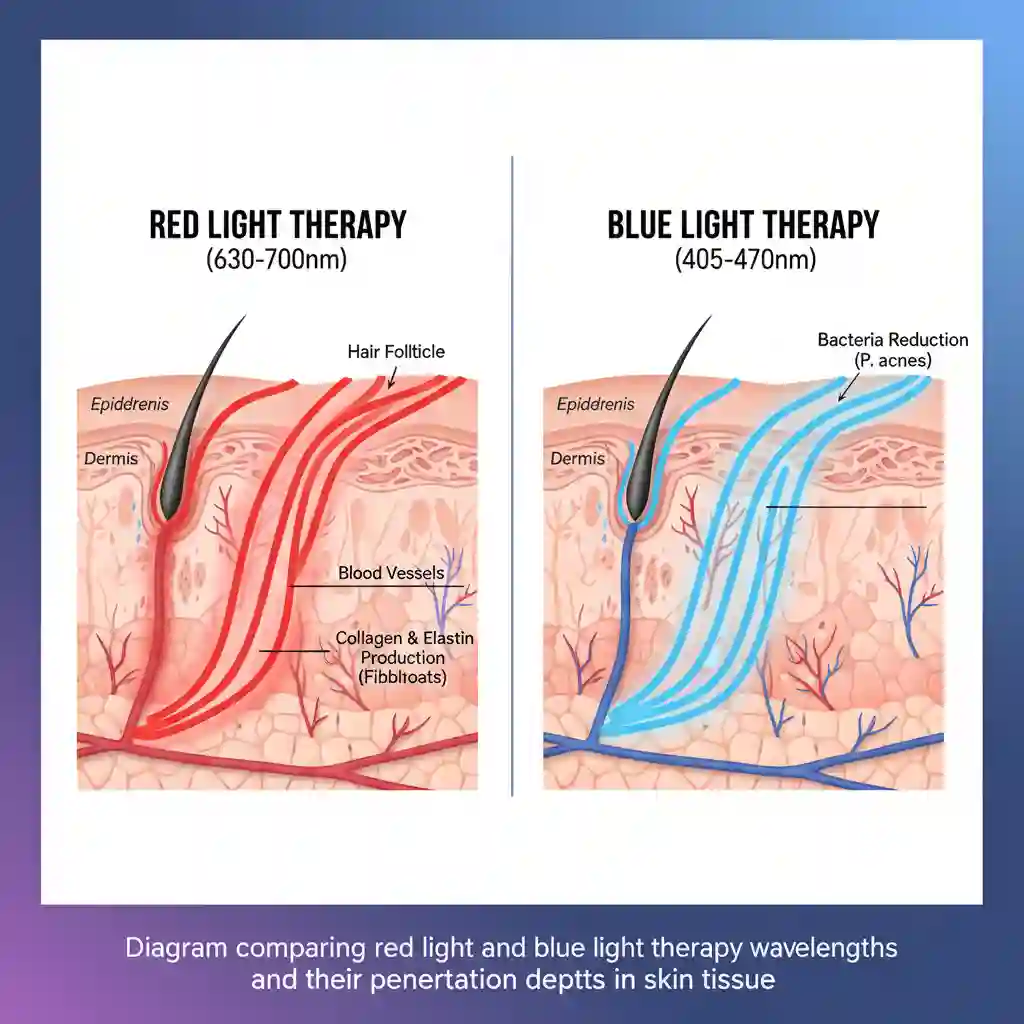
Who Should Avoid LED Therapy
You should avoid LED light therapy if you have photosensitivity disorders or conditions that cause extreme sensitivity to light, are taking photosensitizing medications (certain antibiotics, chemotherapy drugs, or medications for psoriasis), have active skin cancer or a history of skin cancer at the treatment site, are pregnant (some practitioners recommend avoiding certain wavelengths during pregnancy, though research is ongoing), or have active skin infections or open wounds at the treatment site.
You should consult with your healthcare provider and inform Natallia if you have a history of light-triggered seizures (phot epilepsy), are taking medications that increase sun sensitivity, have active rosacea or eczema (treatment may need to be modified), have recently had Botox or filler injections (wait time may be recommended), or are using retinoids or other strong topical treatments (adjustments may be needed). When in doubt, always disclose your full medical history and current medications to your treatment provider.
Professional LED therapy is generally very safe when performed by trained specialists using FDA-cleared devices. At Skin and Beyond Spa, we use professional-grade equipment and follow strict safety protocols. The light intensity used in professional settings is carefully calibrated to provide maximum benefit while minimizing any risk of adverse effects. The FDA has cleared LED devices for various skin treatments, ensuring they meet safety standards (source).
What You Can Realistically Expect
Understanding LED treatment benefits helps set realistic expectations. LED light therapy is effective, but it’s not a miracle cure or a replacement for surgical procedures. After completing a course of LED light therapy treatments, most clients notice improved skin texture and firmness, reduction in fine lines and wrinkles, clearer and more even skin tone, reduced acne breakouts (with blue light), enhanced skin radiance and glow, and faster healing of minor skin imperfections.
These improvements develop gradually over the course of treatment. You might notice subtle changes after the first few sessions, but more significant results typically become apparent after completing your initial course of 6 to 10 treatments.
It’s important to understand that LED light therapy is not a replacement for surgical procedures like facelifts or injectables like Botox. While it can improve skin quality and reduce the appearance of fine lines, it won’t lift sagging skin or erase deep wrinkles completely.
LED therapy is also not an instant solution—results develop over time with consistent treatment. Additionally, LED therapy won’t address structural concerns like excess fat deposits or severe skin laxity. It’s most effective for improving skin quality, texture, and moderate signs of aging.

Professional LED Therapy vs. Home Devices
Many clients wonder whether investing in professional LED treatments is worth it when home devices are available. While both can provide benefits, there are significant differences in power, coverage, and effectiveness.
Professional LED devices used in spas deliver significantly higher light intensity than home devices—typically 10 to 100 times more power. This higher intensity allows the light to penetrate deeper into the skin, reaching more cells and providing more comprehensive treatment, resulting in more noticeable and lasting results.
Professional LED panels are larger and provide more uniform coverage of your entire face or treatment area. Home devices, while convenient, often have smaller coverage areas and may miss certain areas or require longer treatment times to cover your entire face effectively.
When you receive professional LED therapy, you benefit from the expertise of trained specialists like Natallia, who can customize treatment protocols based on your specific skin concerns. Professional settings also allow for combination treatments that can enhance LED therapy results.
Home devices are excellent for maintenance between professional treatments, but they’re generally not a replacement for professional-grade therapy, especially for addressing specific concerns like active acne or significant anti-aging goals.
At Skin and Beyond Spa, we’re committed to helping you achieve your skincare goals through personalized treatment plans and expert guidance. If you’re ready to experience the benefits of professional LED light therapy, book a consultation with Natallia to discuss your specific needs and create a customized treatment plan. For more information about our LED treatment services, visit our LED light therapy page.
Frequently Asked Questions
LED light therapy results can last several months with proper maintenance. Most clients see optimal results after completing an initial course of 6 to 10 treatments, with maintenance sessions recommended every 2 to 4 weeks to sustain results. Individual results vary based on skin type, age, lifestyle factors, and adherence to treatment protocols.
Yes, LED light therapy can help improve the appearance of acne scars, particularly red light therapy, which stimulates collagen production and promotes skin healing. While it won’t completely eliminate deep scars, it can improve skin texture and reduce the visibility of post-acne marks. For best results, LED therapy is often combined with other treatments like microneedling or chemical peels.
LED light therapy is generally safe for sensitive skin and is often recommended as a gentle alternative to more aggressive treatments. Yellow light therapy, in particular, can help calm and soothe sensitive or reactive skin. However, if you have extremely sensitive skin or specific skin conditions, it’s important to consult with a specialist like Natallia to determine the most appropriate treatment protocol for your needs.
One of the advantages of LED light therapy is that there’s no downtime required. You can typically wear makeup immediately after treatment if desired. However, your skin may be slightly more sensitive immediately following treatment, so using gentle, non-comedogenic products is recommended. Your specialist will provide specific aftercare instructions based on your individual treatment.
Red light therapy (630–700 nm) primarily targets anti-aging concerns by stimulating collagen production and promoting skin healing. It penetrates deeper into the skin. Blue light therapy (405–470 nm) focuses on treating acne by targeting acne-causing bacteria near the skin’s surface. Many treatments combine both wavelengths to address multiple concerns simultaneously. The choice between red light vs blue light therapy depends on your primary skincare goals.
